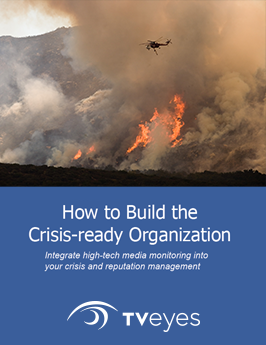In the past year, scores of CEOs woke up, poured a cup of coffee, turned on the morning news and learned – many for the first time – that the company was being investigated by a state’s attorney general; or that the company was being blamed for the deadliest wildfire in California history; or that health data privacy issues created the possibility for fraudulent treatment programs; or that a highly touted new car failed catastrophically and was viewed in flames by millions on YouTube; or that two African American men were arrested at a Philadelphia franchise location.
And then there was the unfortunate oversight – and the near-instantaneous social and TV media outcry – when H&M ran an ad featuring a young black boy wearing a hoodie emblazoned with the phrase “Coolest monkey in the jungle.” The backlash was so fierce that H&M was forced to close its stores in South Africa. News stories still reference the incident over a year later. Where will the next round of criticisms appear; who will they be from and how damaging will they be to reputation? You watch the news. How well did these CEOs and their communicators manage these incidents? How often were these organizations and their leaders lambasted in the media for poor responses, ineffective, late actions and insincere apologies?
Didn’t they have crisis plans at the ready? And if they did, why didn’t they work?
The answer may be a lack of sophisticated, near real-time broadcast and cable media monitoring.
Download the TVEyes guide for integrating modern media monitoring into your organization’s crisis planning and make your organization more resilient than ever.
And if you’d like to learn more or check out a free trial, contact TVEyes Sales at +1 203-254-3600 x100 or email us at sales@tveyes.com.



